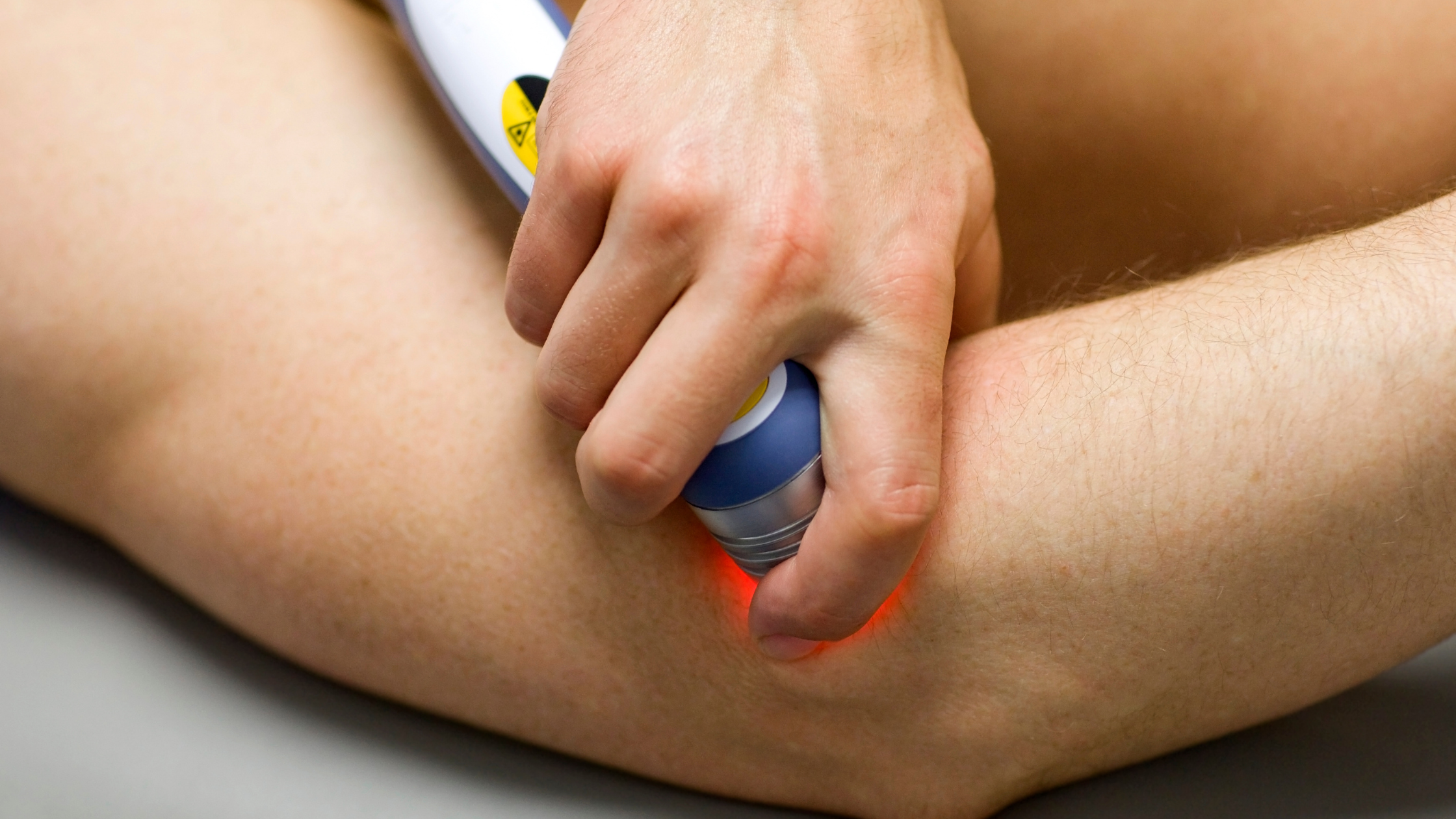Cold laser therapy, a beacon of hope in modern treatment modalities, stands out for its non-invasive approach to healing. This therapy, also known as Low-Level Laser Therapy (LLLT), has garnered attention for its effectiveness in pain relief, inflammation reduction, and tissue repair. As we delve into this comprehensive guide, we aim to illuminate the intricacies of cold laser therapy, making it accessible to both healthcare professionals and individuals seeking alternative treatments.
What is Cold Laser Therapy

Cold laser therapy, or LLLT, is a form of phototherapy using low-level lasers or light-emitting diodes to alter cellular function. Pioneered in the 1960s, it has evolved significantly, backed by extensive research and technological advancements. Unlike surgical or aesthetic lasers, it does not cause your tissues to heat up, making it a safe option for various conditions.
How Does Cold Laser Therapy Work

At its core, cold laser therapy involves the application of specific wavelengths of light to areas of the body. These photons are absorbed by mitochondrial chromophores in the cells, leading to an increase in cellular metabolism, which can lead to a decrease in pain and inflammation and an increase in tissue regeneration. The lasers used range from 600 to 1000 nm in wavelength, ideal for penetrating tissue without heating or damaging the skin.
Benefits of Cold Laser Therapy
The primary benefits of cold laser therapy include:
-
Pain Relief:
It's effective in reducing chronic and acute pain, from arthritis to back pain. -
Inflammation Reduction:
It helps in reducing swelling and inflammation, often associated with joint disorders. -
Tissue Repair and Regeneration:
Accelerates the healing process of injured tissues, beneficial in post-operative recovery or sports injuries.
Applications of Cold Laser Therapy
Cold laser therapy's versatility extends to treating various medical conditions, including chronic pain conditions like fibromyalgia, tendonitis, and carpal tunnel syndrome. It's also widely used in sports medicine for treating sprains, strains, and injuries related to overuse. In rehabilitation, it aids in the recovery of muscle and joint injuries.
Effectiveness and Safety
Numerous studies validate the effectiveness of cold laser therapy. A meta-analysis of randomized controlled trials, for instance, has shown significant pain relief outcomes. Its safety profile is commendable, with minimal side effects reported. However, it's crucial to seek treatment from qualified professionals to ensure proper application and avoid contraindications.
How to Choose a Cold Laser Therapy Provider
When selecting a provider, ensure they are licensed and have specific training in cold laser therapy. Ask about their experience, treatment approach, and the type of laser used. It's also beneficial to inquire about any additional therapies they might combine with cold laser treatment.
Conclusion
Cold laser therapy emerges as a promising, non-invasive solution for pain relief, inflammation reduction, and tissue repair. Its growing popularity and scientific backing make it a viable option for those seeking alternative treatments. We encourage readers to consult with healthcare professionals to explore how cold laser therapy can be integrated into their wellness journey.
Looking for more wellness tips and curious about sauna use? Check out our latest Sweat Decks blogs for more Health and Wellness tips


Share:
Top 10 Best Cold Therapy Machines: Expert Reviews
Does Sauna Help with Acne